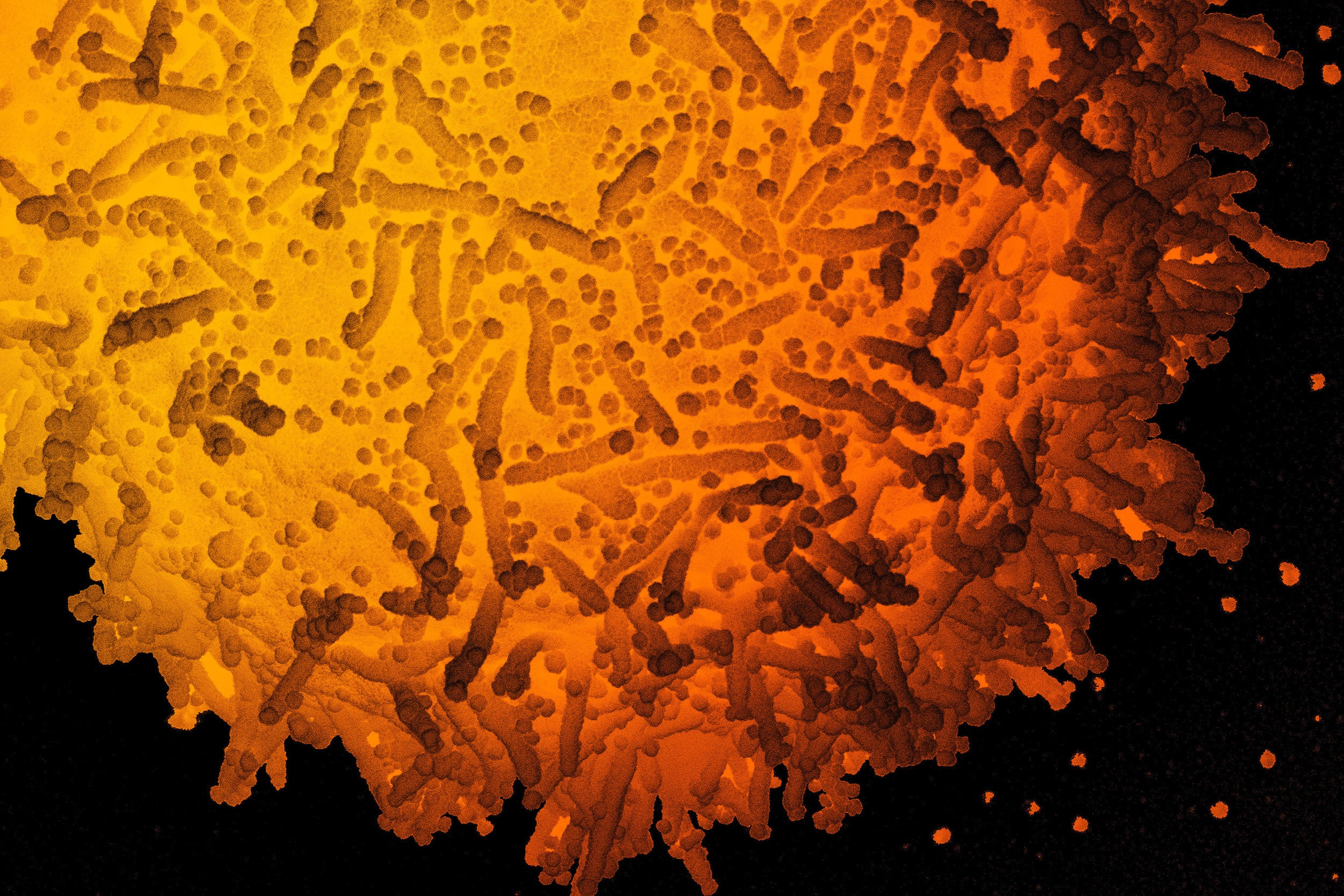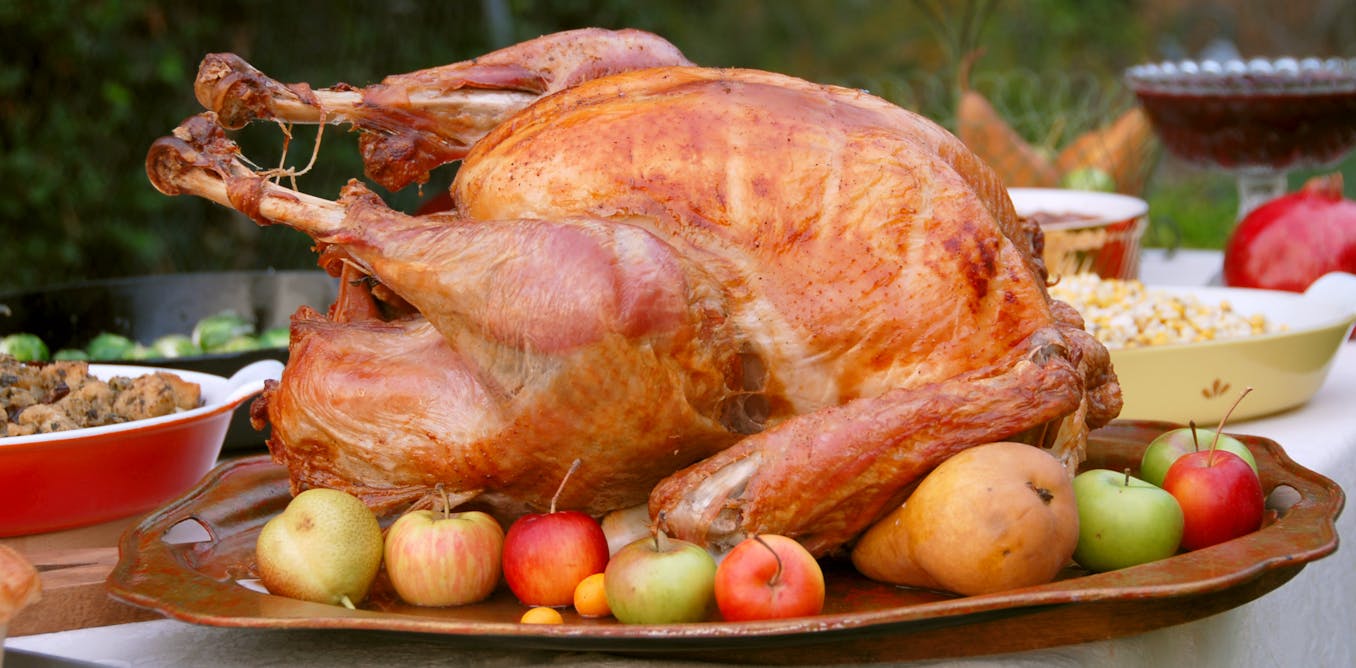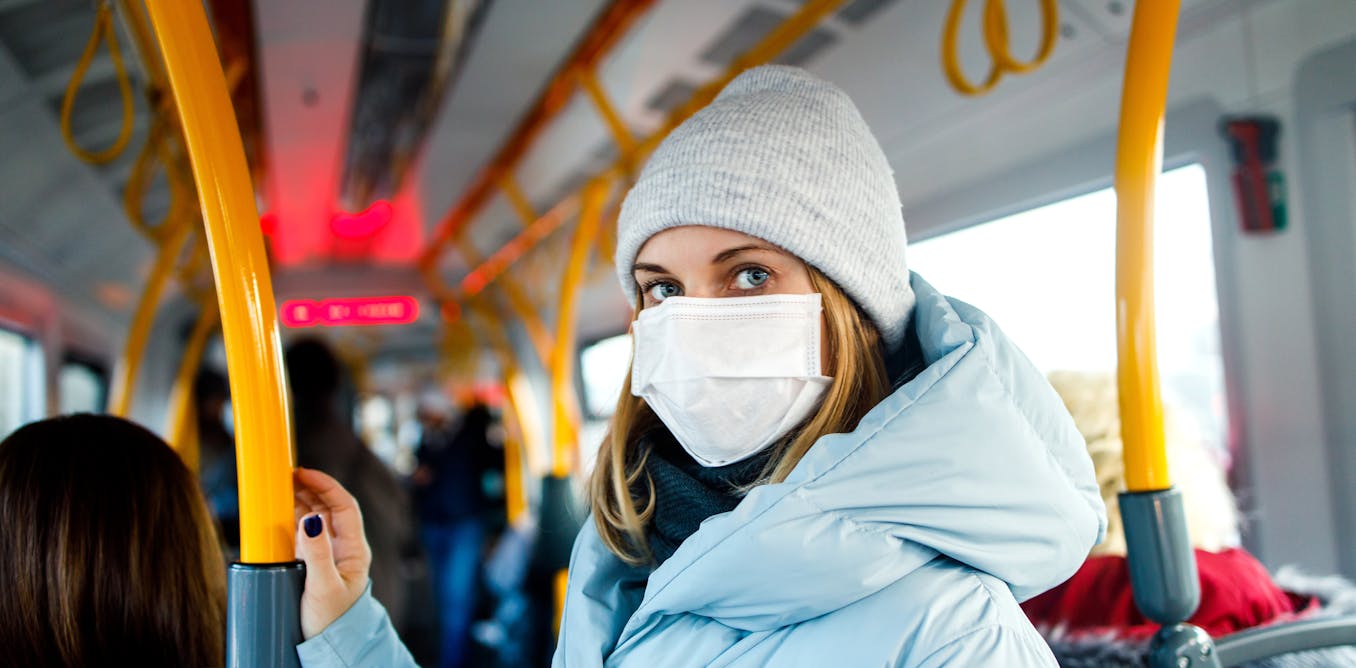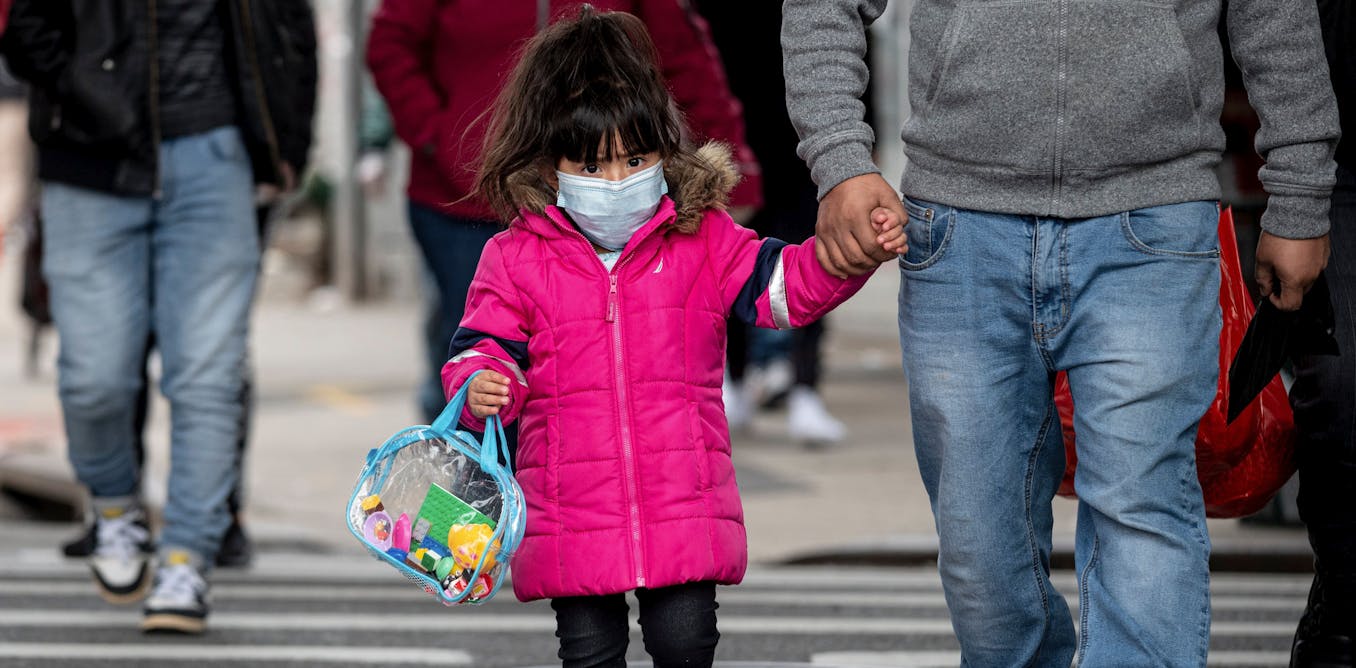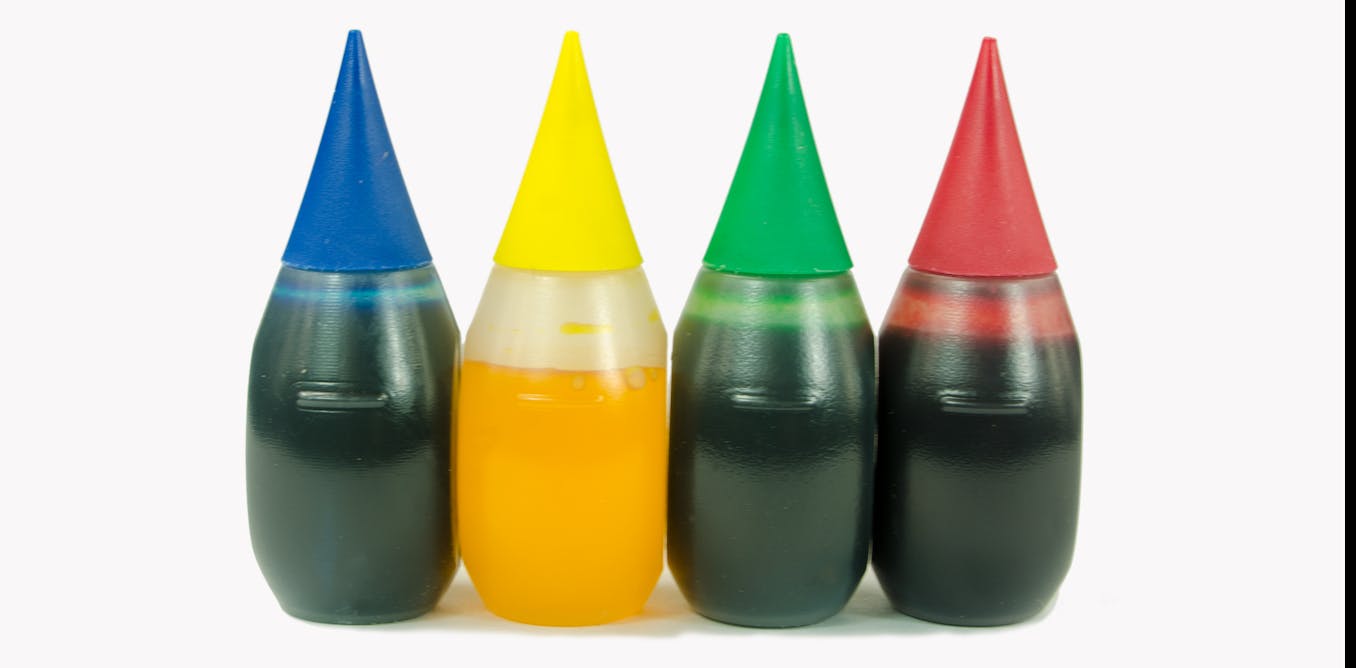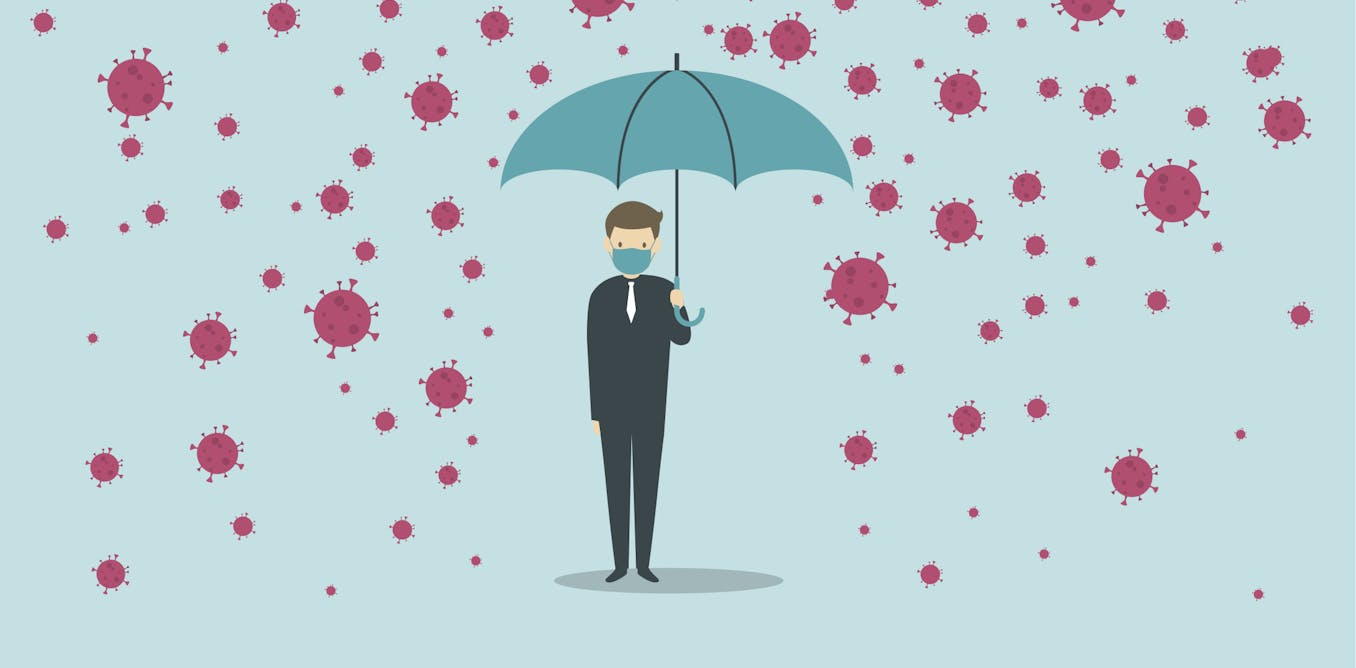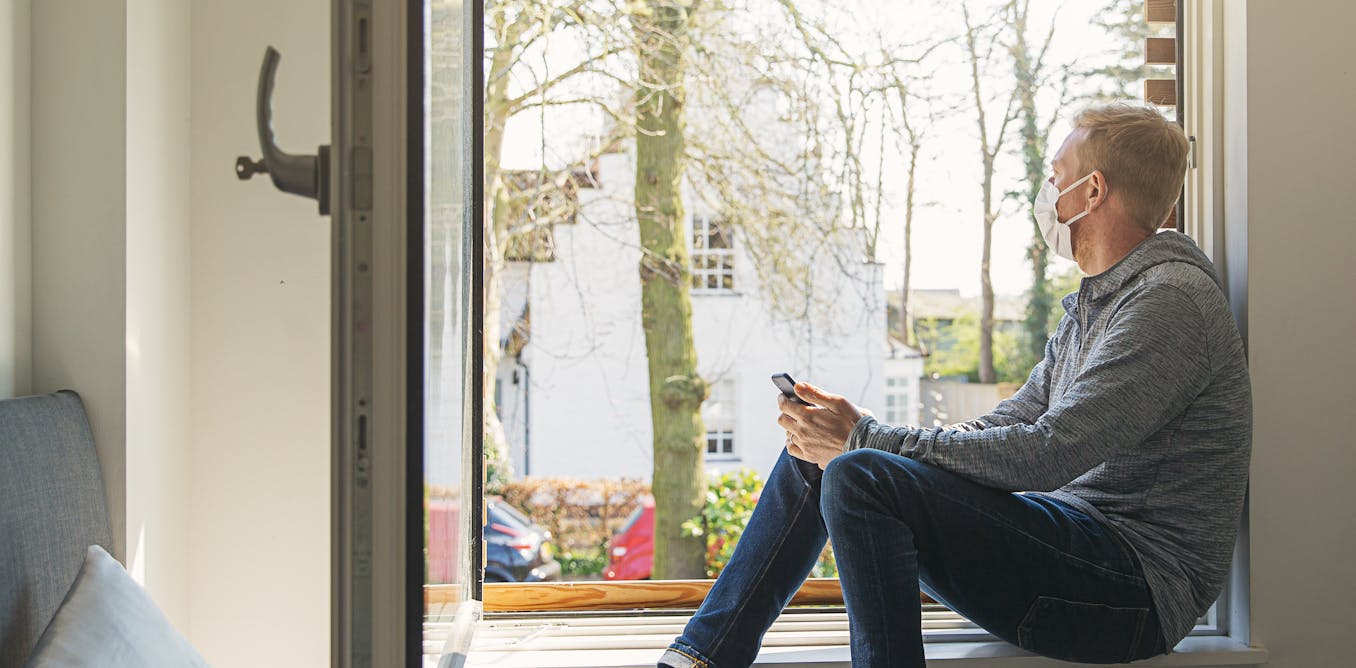Is COVID-19 infecting wild animals? We're testing species from bats to seals to find out
COVID-19 has been found in pets, zoo animals and in a wild mink in Utah. Monitoring wildlife for COVID-19 is important for animals and humans, both of whom face risks from a jumping virus.
Jan. 19, 2021 • ~8 min


